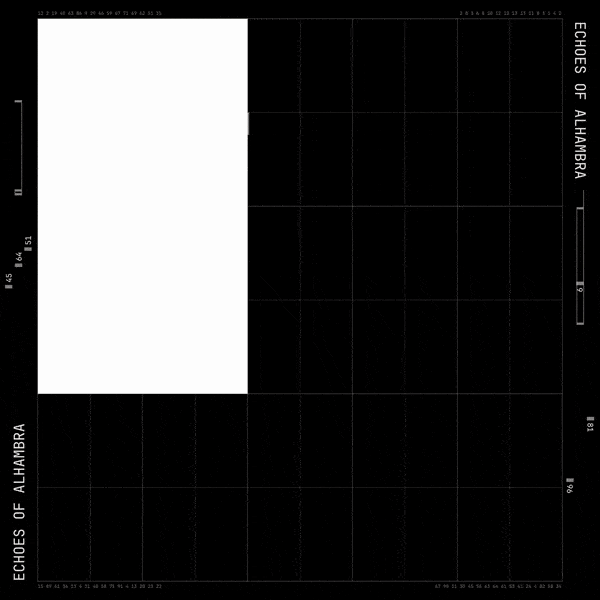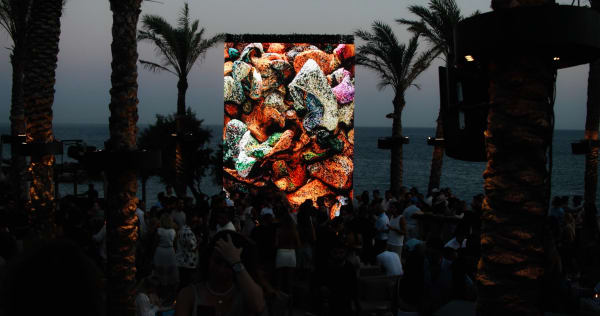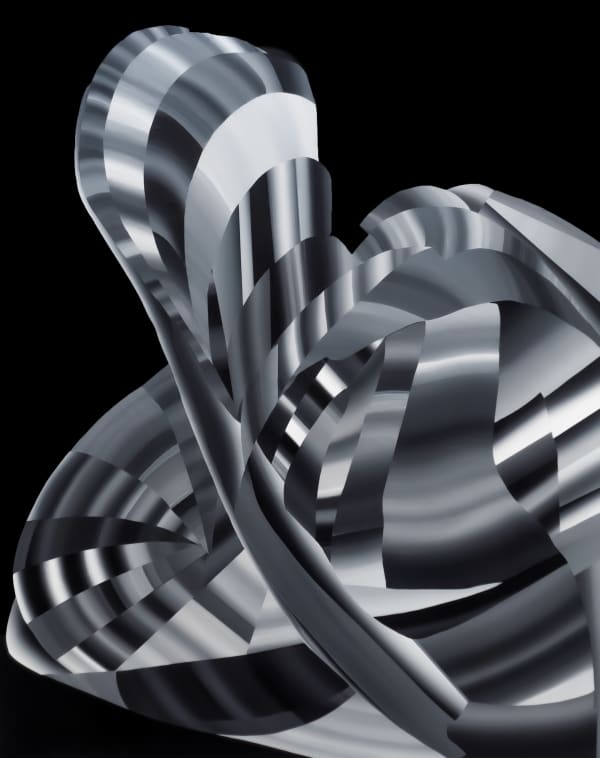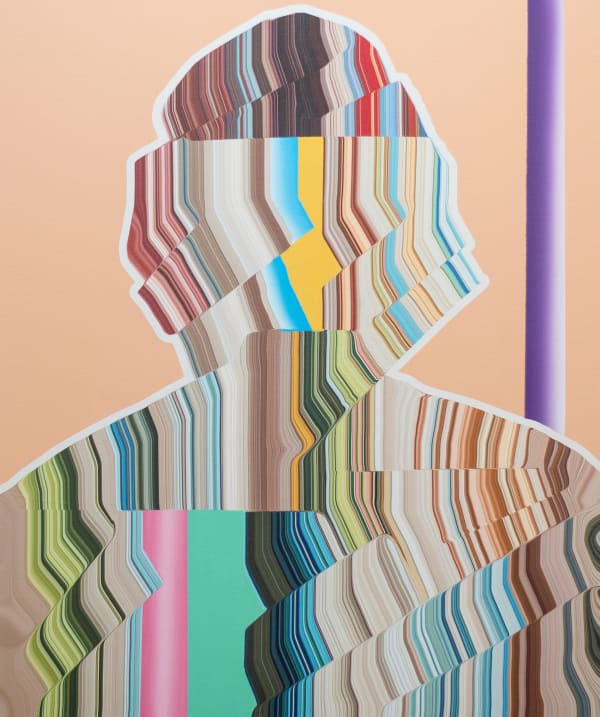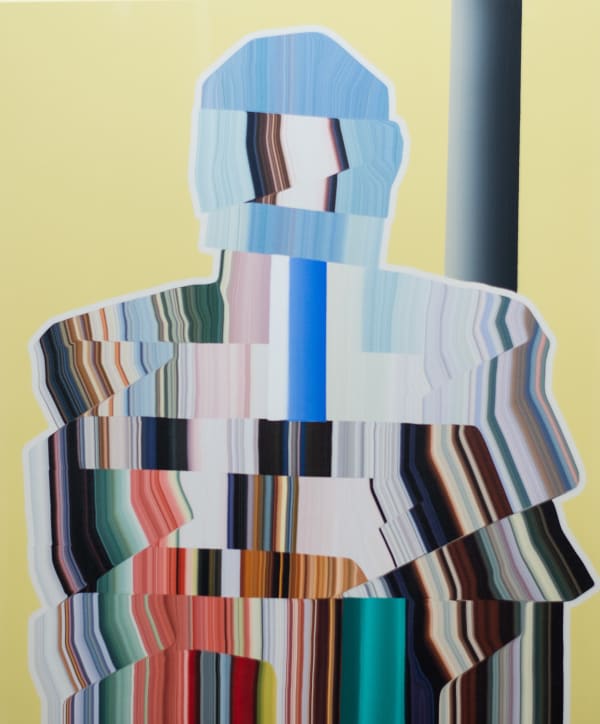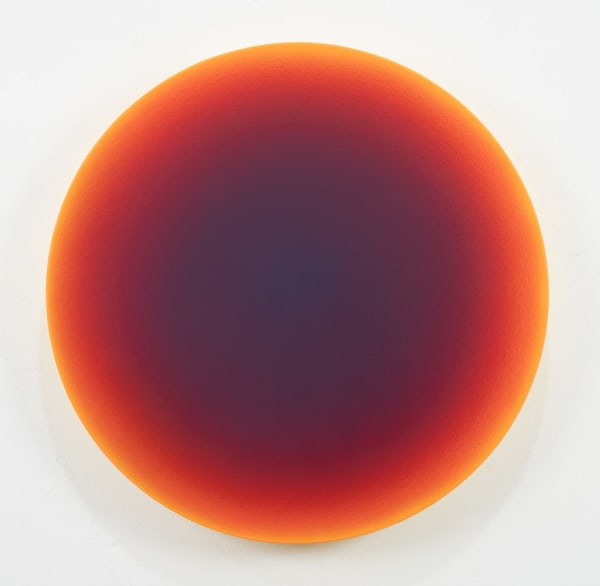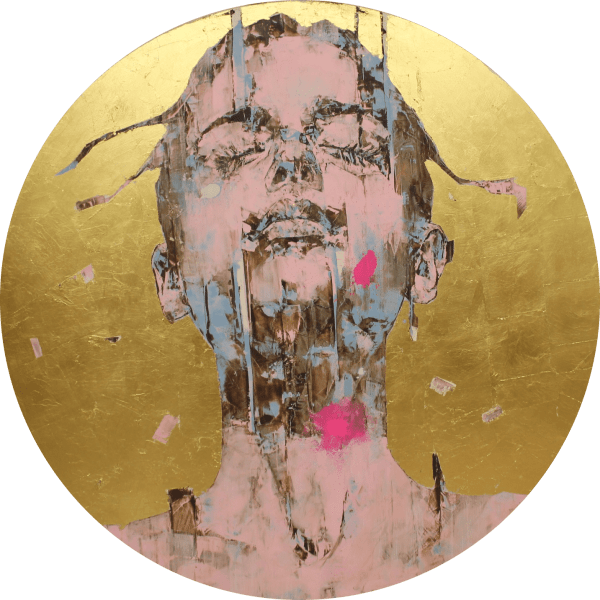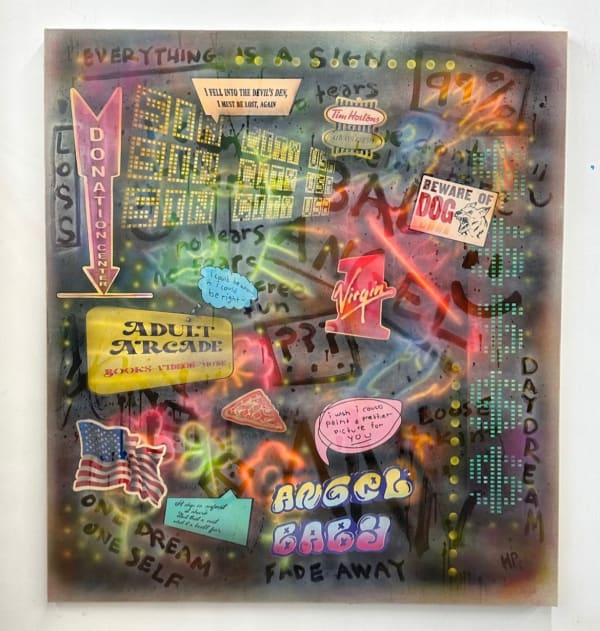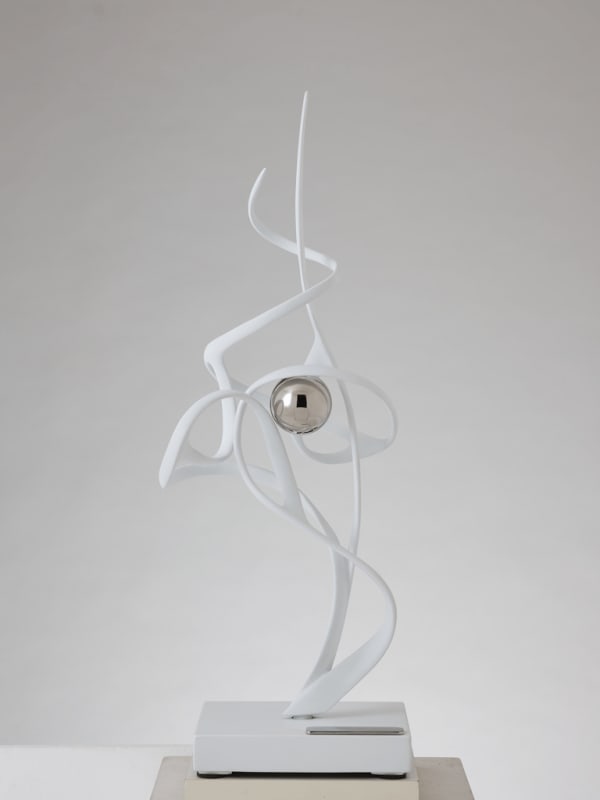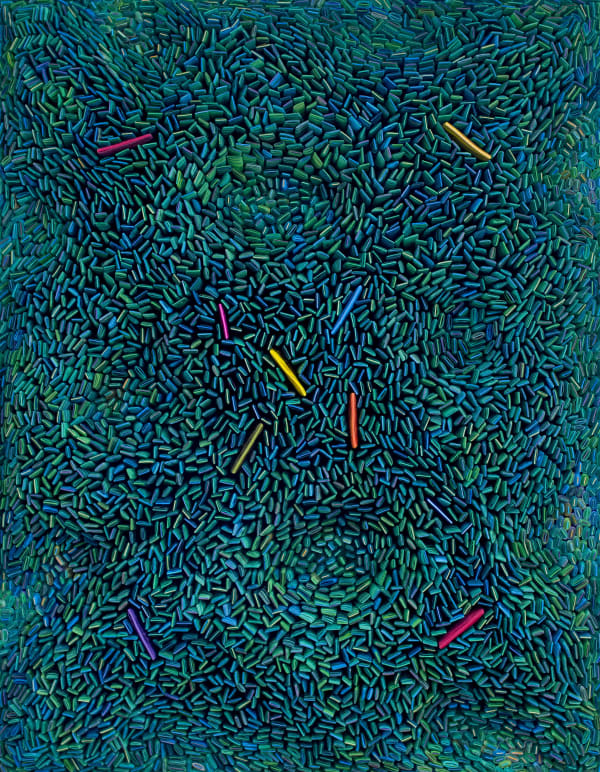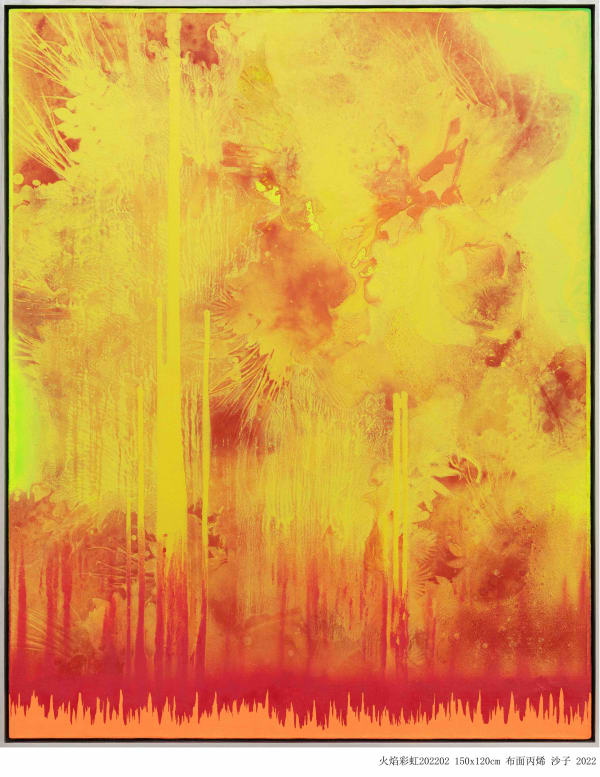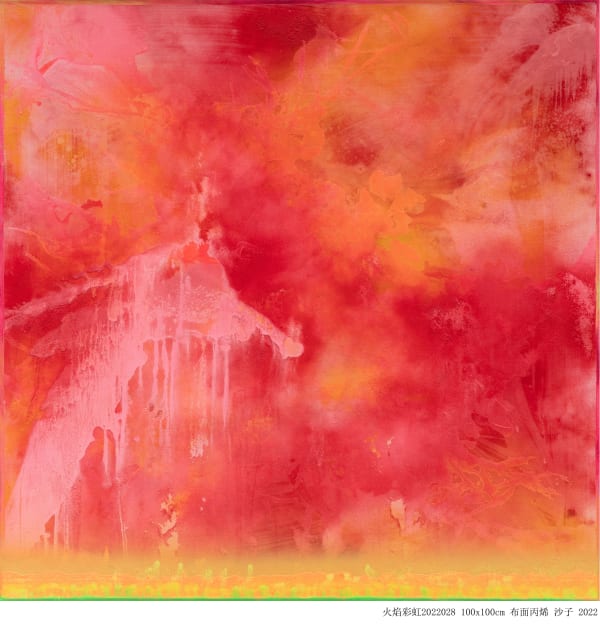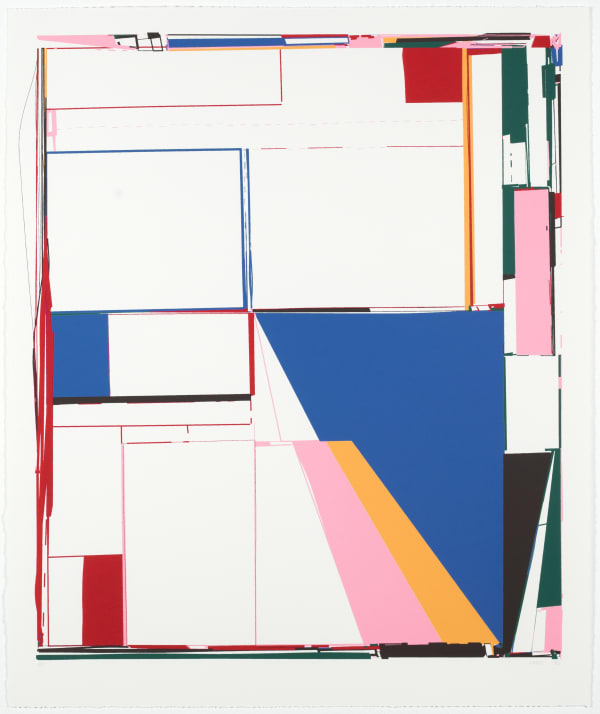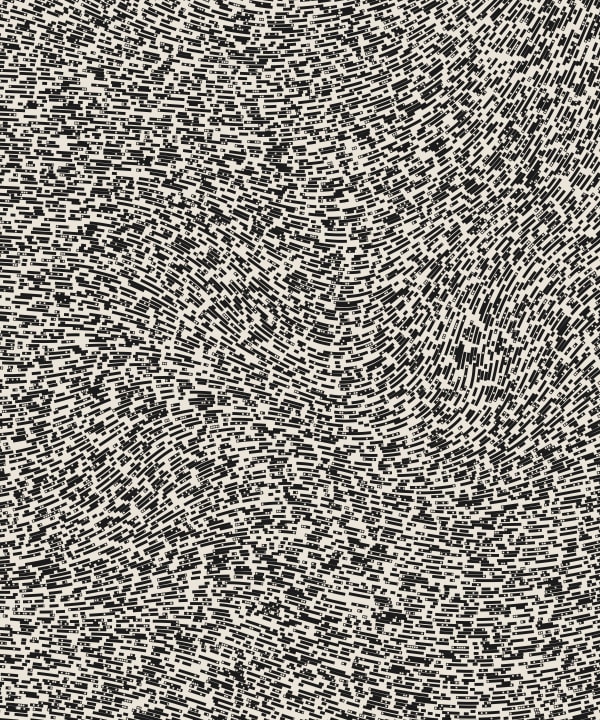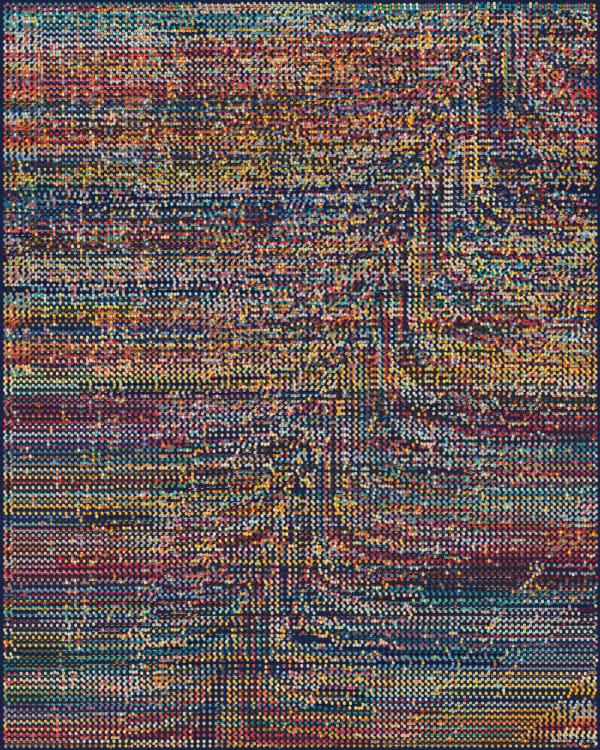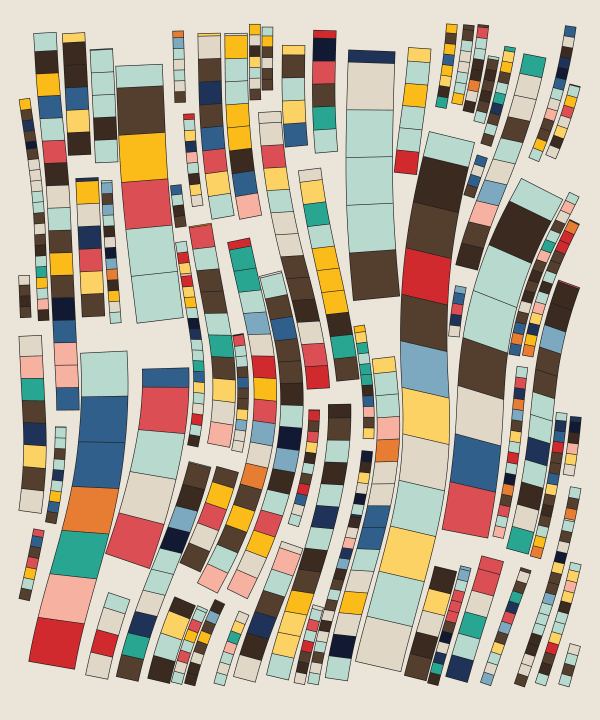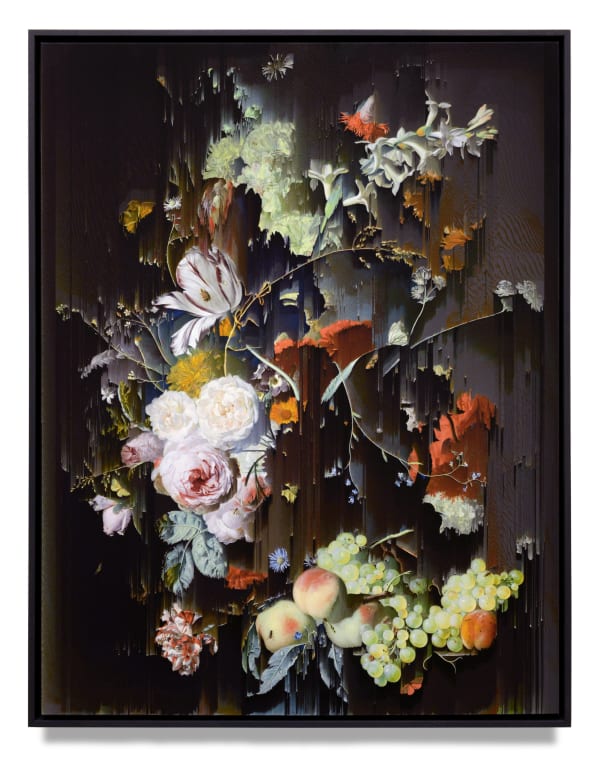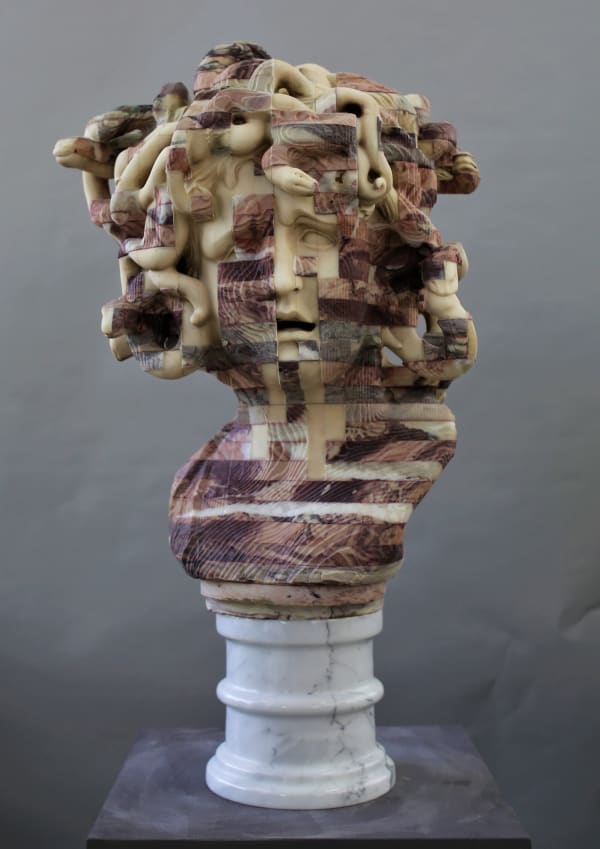-

-

-

-

-

-

-

-

-

-

-

-

-

-

-

-

-

-

-

-

-

-

-

-

-

-

-

-

-

-

-

-

-

-

-

-

-

-

-
 AgoriaUntitled, 2023Biological Generative NFT - MP4
AgoriaUntitled, 2023Biological Generative NFT - MP4
Agoria’s works capture the infinite, mysterious, and galaxy-like inner workings of brain cells. Created in collaboration with biologist Alice Meunier, a researcher with IBENS, CNRS, the moving images of centrioles—organelles in the cytoplasm near the nucleus of a cell—appear like dancing stars in space. -

-

-

-

-
 AgoriaCompend-AI-XI, 2023Biological Generative NFT - MP4
AgoriaCompend-AI-XI, 2023Biological Generative NFT - MP4
Agoria’s works capture the infinite, mysterious, and galaxy-like inner workings of brain cells. Created in collaboration with biologist Alice Meunier, a researcher with IBENS, CNRS, the moving images of centrioles—organelles in the cytoplasm near the nucleus of a cell—appear like dancing stars in space. -

-

-

-

-

-

-

-

-

-

-

-

-

-

-

-

-

-
 Tyler Hobbsiostream-1, 2022QQL is a collaborative generative art project I created with fellow artist Dandelion Wist. It builds on my continued exploration of algorithmic aesthetics, but introduces a new layer: audience participation. With QQL, I wanted to reimagine the creative process—not just as something that happens behind the scenes, but as a shared, interactive experience between artist and collector.
Tyler Hobbsiostream-1, 2022QQL is a collaborative generative art project I created with fellow artist Dandelion Wist. It builds on my continued exploration of algorithmic aesthetics, but introduces a new layer: audience participation. With QQL, I wanted to reimagine the creative process—not just as something that happens behind the scenes, but as a shared, interactive experience between artist and collector.
At the heart of QQL is a powerful generative algorithm that I spent years developing. It’s designed to produce a vast range of visual outcomes—structured, fluid, chaotic, minimal, and everything in between—all while staying within a tightly defined aesthetic language. Rather than minting random outputs, we invite collectors to engage directly with the algorithm through an intuitive interface that lets them explore, iterate, and ultimately select the composition they want to mint. This turns the act of collecting into a form of curation—and co-authorship.
The project challenges traditional notions of authorship, randomness, and editioning in generative art. I see QQL not just as a series of artworks, but as a system—a living, evolving space where creativity is distributed between human and machine, artist and audience. It invites deeper engagement with the generative process and encourages viewers to think about what makes a composition meaningful or beautiful to them.
Visually, QQL carries forward many of the themes I’ve worked with in previous projects—balance between chaos and control, intricate geometric layering, and visual richness born from algorithmic logic. But conceptually, it marks a shift: it’s about opening up the creative process, giving others access to the same tools I use, and embracing the unpredictability that comes with shared authorship. -
 Tyler Hobbsqql-1, 2022QQL is a collaborative generative art project I created with fellow artist Dandelion Wist. It builds on my continued exploration of algorithmic aesthetics, but introduces a new layer: audience participation. With QQL, I wanted to reimagine the creative process—not just as something that happens behind the scenes, but as a shared, interactive experience between artist and collector.
Tyler Hobbsqql-1, 2022QQL is a collaborative generative art project I created with fellow artist Dandelion Wist. It builds on my continued exploration of algorithmic aesthetics, but introduces a new layer: audience participation. With QQL, I wanted to reimagine the creative process—not just as something that happens behind the scenes, but as a shared, interactive experience between artist and collector.
At the heart of QQL is a powerful generative algorithm that I spent years developing. It’s designed to produce a vast range of visual outcomes—structured, fluid, chaotic, minimal, and everything in between—all while staying within a tightly defined aesthetic language. Rather than minting random outputs, we invite collectors to engage directly with the algorithm through an intuitive interface that lets them explore, iterate, and ultimately select the composition they want to mint. This turns the act of collecting into a form of curation—and co-authorship.
The project challenges traditional notions of authorship, randomness, and editioning in generative art. I see QQL not just as a series of artworks, but as a system—a living, evolving space where creativity is distributed between human and machine, artist and audience. It invites deeper engagement with the generative process and encourages viewers to think about what makes a composition meaningful or beautiful to them.
Visually, QQL carries forward many of the themes I’ve worked with in previous projects—balance between chaos and control, intricate geometric layering, and visual richness born from algorithmic logic. But conceptually, it marks a shift: it’s about opening up the creative process, giving others access to the same tools I use, and embracing the unpredictability that comes with shared authorship. -
 Tyler Hobbsfidenza-479, 2022QQL is a collaborative generative art project I created with fellow artist Dandelion Wist. It builds on my continued exploration of algorithmic aesthetics, but introduces a new layer: audience participation. With QQL, I wanted to reimagine the creative process—not just as something that happens behind the scenes, but as a shared, interactive experience between artist and collector.
Tyler Hobbsfidenza-479, 2022QQL is a collaborative generative art project I created with fellow artist Dandelion Wist. It builds on my continued exploration of algorithmic aesthetics, but introduces a new layer: audience participation. With QQL, I wanted to reimagine the creative process—not just as something that happens behind the scenes, but as a shared, interactive experience between artist and collector.
At the heart of QQL is a powerful generative algorithm that I spent years developing. It’s designed to produce a vast range of visual outcomes—structured, fluid, chaotic, minimal, and everything in between—all while staying within a tightly defined aesthetic language. Rather than minting random outputs, we invite collectors to engage directly with the algorithm through an intuitive interface that lets them explore, iterate, and ultimately select the composition they want to mint. This turns the act of collecting into a form of curation—and co-authorship.
The project challenges traditional notions of authorship, randomness, and editioning in generative art. I see QQL not just as a series of artworks, but as a system—a living, evolving space where creativity is distributed between human and machine, artist and audience. It invites deeper engagement with the generative process and encourages viewers to think about what makes a composition meaningful or beautiful to them.
Visually, QQL carries forward many of the themes I’ve worked with in previous projects—balance between chaos and control, intricate geometric layering, and visual richness born from algorithmic logic. But conceptually, it marks a shift: it’s about opening up the creative process, giving others access to the same tools I use, and embracing the unpredictability that comes with shared authorship. -
 Tyler Hobbsqql-243, 2022QQL is a collaborative generative art project I created with fellow artist Dandelion Wist. It builds on my continued exploration of algorithmic aesthetics, but introduces a new layer: audience participation. With QQL, I wanted to reimagine the creative process—not just as something that happens behind the scenes, but as a shared, interactive experience between artist and collector.
Tyler Hobbsqql-243, 2022QQL is a collaborative generative art project I created with fellow artist Dandelion Wist. It builds on my continued exploration of algorithmic aesthetics, but introduces a new layer: audience participation. With QQL, I wanted to reimagine the creative process—not just as something that happens behind the scenes, but as a shared, interactive experience between artist and collector.
At the heart of QQL is a powerful generative algorithm that I spent years developing. It’s designed to produce a vast range of visual outcomes—structured, fluid, chaotic, minimal, and everything in between—all while staying within a tightly defined aesthetic language. Rather than minting random outputs, we invite collectors to engage directly with the algorithm through an intuitive interface that lets them explore, iterate, and ultimately select the composition they want to mint. This turns the act of collecting into a form of curation—and co-authorship.
The project challenges traditional notions of authorship, randomness, and editioning in generative art. I see QQL not just as a series of artworks, but as a system—a living, evolving space where creativity is distributed between human and machine, artist and audience. It invites deeper engagement with the generative process and encourages viewers to think about what makes a composition meaningful or beautiful to them.
Visually, QQL carries forward many of the themes I’ve worked with in previous projects—balance between chaos and control, intricate geometric layering, and visual richness born from algorithmic logic. But conceptually, it marks a shift: it’s about opening up the creative process, giving others access to the same tools I use, and embracing the unpredictability that comes with shared authorship. -
 Tyler HobbsFidenza-163, 2022QQL is a collaborative generative art project I created with fellow artist Dandelion Wist. It builds on my continued exploration of algorithmic aesthetics, but introduces a new layer: audience participation. With QQL, I wanted to reimagine the creative process—not just as something that happens behind the scenes, but as a shared, interactive experience between artist and collector.
Tyler HobbsFidenza-163, 2022QQL is a collaborative generative art project I created with fellow artist Dandelion Wist. It builds on my continued exploration of algorithmic aesthetics, but introduces a new layer: audience participation. With QQL, I wanted to reimagine the creative process—not just as something that happens behind the scenes, but as a shared, interactive experience between artist and collector.
At the heart of QQL is a powerful generative algorithm that I spent years developing. It’s designed to produce a vast range of visual outcomes—structured, fluid, chaotic, minimal, and everything in between—all while staying within a tightly defined aesthetic language. Rather than minting random outputs, we invite collectors to engage directly with the algorithm through an intuitive interface that lets them explore, iterate, and ultimately select the composition they want to mint. This turns the act of collecting into a form of curation—and co-authorship.
The project challenges traditional notions of authorship, randomness, and editioning in generative art. I see QQL not just as a series of artworks, but as a system—a living, evolving space where creativity is distributed between human and machine, artist and audience. It invites deeper engagement with the generative process and encourages viewers to think about what makes a composition meaningful or beautiful to them.
Visually, QQL carries forward many of the themes I’ve worked with in previous projects—balance between chaos and control, intricate geometric layering, and visual richness born from algorithmic logic. But conceptually, it marks a shift: it’s about opening up the creative process, giving others access to the same tools I use, and embracing the unpredictability that comes with shared authorship. -

-

-

-
 Owen McAteerBalletic, 2022ArtBlocks, NFT
Owen McAteerBalletic, 2022ArtBlocks, NFT
Balletic, a grid of rotating blocks move together in a mathematically choreographed dance to reveal hidden patterns, shapes and flowing figures. Exploring soft fluid motion in a hard fixed grid of blocks to a two-tone minimalist design, the piece comes to life in dance, conducted by the combination of several algorithms, easing curves and timing modifiers all working together.
-

-

-

-

-

-

-

-

-

-

Page
8
of 20

















